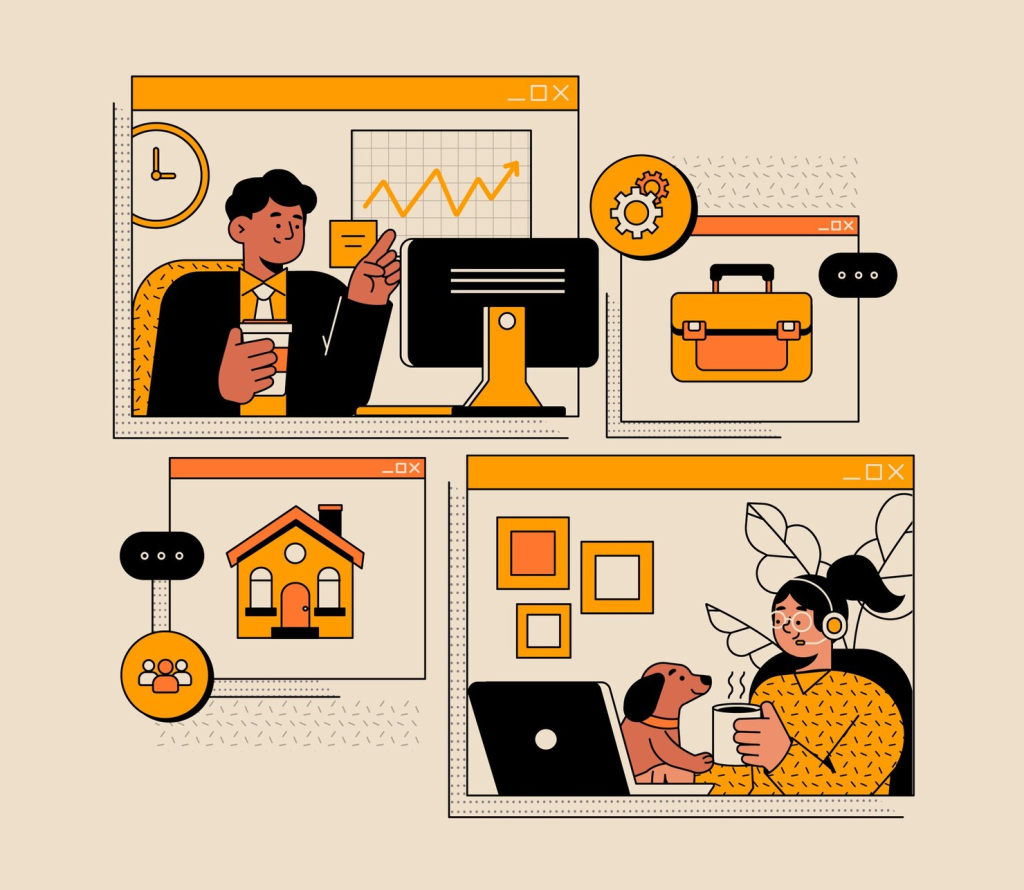More people than ever are choosing—or being pushed into—the flexible world of gig work. From ride-share drivers and delivery workers to freelance designers and virtual assistants, millions now work in the gig economy instead of in traditional full-time jobs.
But what’s it really like? Is it the dream of freedom and flexibility, or a system built on instability? In this article, we explore the lived experience of gig workers and the shifting future of labor.

The Appeal: Why People Choose to Work in the Gig Economy
Flexibility Above All
Many people enter gig work because they need control over their schedules. For caregivers, students, or creatives, being able to choose when and how much to work is essential.
Low Barrier to Entry
Signing up for a gig platform is often easier than getting hired in a full-time job. You can start earning quickly—sometimes within days. For those in transition, this accessibility is a lifeline.
Entrepreneurial Freedom
Some gig workers enjoy the autonomy of being their own boss. They set their rates, choose clients, and build a personal brand.
The Challenges of Work in the Gig Economy
Income Instability
Gigs can dry up quickly. Seasonal demand, market saturation, or algorithm changes can reduce opportunities without warning.
Lack of Benefits
There are no employer-provided health plans, paid leave, or retirement options. Workers shoulder all the risk.
Platform Dependence
Many gig workers rely on digital platforms that control visibility, payments, and access to work. That creates a power imbalance that’s hard to escape.
A Day in the Life: What It’s Like to Work in the Gig Economy
Imagine working three part-time roles in a single day: delivering food mid-morning, writing freelance copy in the afternoon, and tutoring online in the evening. That’s a common rhythm in gig work—varied, flexible, and exhausting.
Gig workers often patch together different jobs to build a full-time income. While this creates variety, it also demands constant self-management.
How to Succeed if You Work in the Gig Economy
- Track earnings carefully: Use spreadsheets or apps to monitor income from multiple sources.
- Set boundaries: Avoid burnout by defining working hours.
- Save for taxes: Gig workers must handle their own withholdings.
- Build a personal brand: In freelance gigs, your reputation and client relationships matter.
- Diversify platforms: Relying on one app or site is risky.
The Future of Work in the Gig Economy
The number of people who work in the gig economy is growing. According to Pew Research, over 16% of U.S. adults have earned income through gig platforms. And that number is rising.
Still, regulation and worker protections are lagging behind. Some governments are pushing for benefits and safeguards, while others continue to treat gig work as separate from employment.
The gig economy isn’t going away. But how we support the people working in it will define whether it stays empowering—or becomes exploitative.
References:
Pew Research Center (2023) Gig Work in America. Available at: https://www.pewresearch.org (Accessed: 6 May 2025).
Harvard Business Review (2024) The Gig Economy Isn’t Going Away—Here’s What That Means. Available at: https://hbr.org (Accessed: 6 May 2025).
The Guardian (2023) Voices from the Gig Economy: Workers Share Their Stories. Available at: https://www.theguardian.com (Accessed: 6 May 2025).






